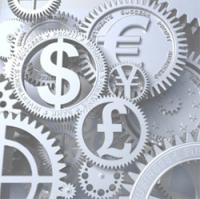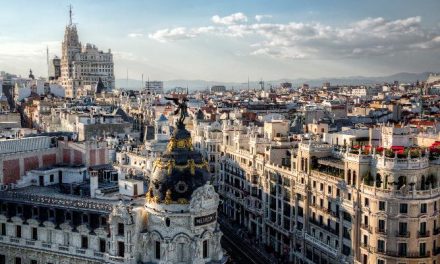Value Added Tax, or VAT, is a general or consumption tax that is charged to the value of goods and services. The amount is charged as a percentage of a total sale, and it varies by country. Keep in mind: The cost of VAT is already incorporated into the cost of goods, and VAT can account for a significant fee.
[huge_it_gallery id=”1″]
VAT is primarily a revenue generating tax within the host country, and is typically charged to individuals and businesses within that country. However, if you’re visiting a country, some expense items are subject to this tax and some may not.
Still, you may be entitled to a Value Added Tax refund? If you are a guest in one of these countries, some of the VAT fees may be subject to a refund. Here’s the process to follow:
- Merchant refunds at point of sale.
Many merchants are already familiar with the forms needed for customers to receive a VAT refund at the point of sale. Such merchants will handle the VAT refund on your behalf, especially if you are purchasing expensive items (it also makes the cost of the item seem lower). If so, they will already have forms in the shop that they will complete with you, and submit to the appropriate taxing bodies within their country. This is the most convenient approach. - Merchant provides refund documents.
If your purchases qualify for a VAT refund, merchants will provide you with refund forms (known as a shopping cheque in the UK). Ask the store owner or sales clerk to help complete this form with you. You will be expected to attach a copy of the receipt to this form, so you may want to ask the store for a second copy of the receipt (one that reflects your total purchases less the VAT amount). - Provide receipts at the airport.
If you have completed a VAT refund form and are waiting for the refund, you are expected to deposit the form at the airport prior to returning home. For those traveling to multiple countries in Europe, it’s important to remember to submit VAT refund forms at the airport of the last country you visit in Europe. - Global Refund process.
Value Added Tax, or VAT, is a general or consumption tax that is charged to the value of goods and services. The amount is charged as a percentage of a total sale, and it varies by country. Note: The cost of VAT is already incorporated into the cost of goods, and VAT can account for a significant fee.VAT is primarily a revenue generating tax within the host country, and is typically charged to individuals and businesses within that country. However, if you’re visiting a country, some expense items are subject to this tax and some may not.VAT is charged on al items, but if you purchase any items that you plan to return home with you that exceed a certain minimum (varies by country), the cost of the VAT may be refunded. Most merchants will be familiar with this process, and are willing to provide appropriate documentation to offset this cost at the point of sale or walk you through a recommended process to obtain your refund by submitting documentation at the airport prior to your return home.If you are having goods shipped to your home country and cannot obtain VAT refund documents until after you are home, there are still several options to obtain your VAT refund. First, you may check with the tourist office websites of the country visited to find out more about refund process. Another option is to work through Global Refund, an organization that helps process refunds for 37 countries and more than 240,000 merchants around the world. However, these firms tend to charge a fee, so it’s important to be aware of the percentage they take to process a refund prior to using any third party organization.
Tip: Look for merchants that include a sign or decal in their store window that indicates VAT refunds.




